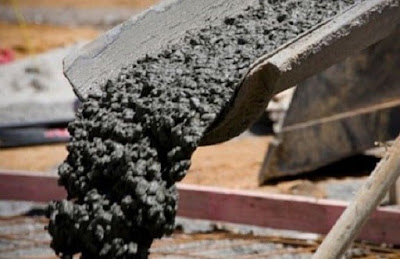Effects of prolonged mixing of concrete
Mixing of concrete for an extended period can adversely affect the properties of a concrete mix. Tests have shown that mixing air-entrained concrete for a period longer than 180 minutes can significantly reduce the content of entrained air. Air-entrained admixture used to prevent the damage of concrete due to freeze-thaw cycles in cold weather. The reduction of the content of air-entrained admixture will reduce the ability of concrete to resist the damage caused by freeze-thaw cycles.
Figure 1
The temperature of the concrete mixture will increase with the increase of mixing time. The friction effects due to mixing will result in an increase in concrete mix temperature. The workability of the concrete mix will also be reduced due to the prolonged mixture of concrete. The loss of workability occurs due to water evaporation from concrete. Moreover, higher mixing speed will result in a higher reduction of concrete workability. Reducing the concrete workability will result in difficulties in placing and compacting concrete. This may cause concrete honeycomb and increasing concrete porosity, which means reducing concrete durability. Tests have shown that prolonged mixing did not affect concrete compressive strength. However, the experiment showed that mixing concrete for a period of time more than 180 minutes at a speed of 15 rpm resulted in reducing concrete modulus of elasticity and modulus of rapture. The reduction of modulus of elasticity and modulus of rupture attributed to the reduced workability of concrete mix. Reducing the workability of a concrete mixture will result in more voids in hardened concrete. Adding water to concrete is know as re-tamping. Water added to restore concrete workability, but it will reduce the concrete strength and result in higher shrinkage of concrete. It is not recommended to add water to concrete because it will reduce concrete durability and strength. Given this, many specifications and codes specifying a maximum period of 90 minutes from the time of mixing concrete to placing. If concrete exceeds this period, it should not be used.
















The information you have published here is really awesome, as it contains some great knowledge about Mixing of concrete which is very essential for me. Thanks for posting it. Residential concrete contractors
ReplyDelete